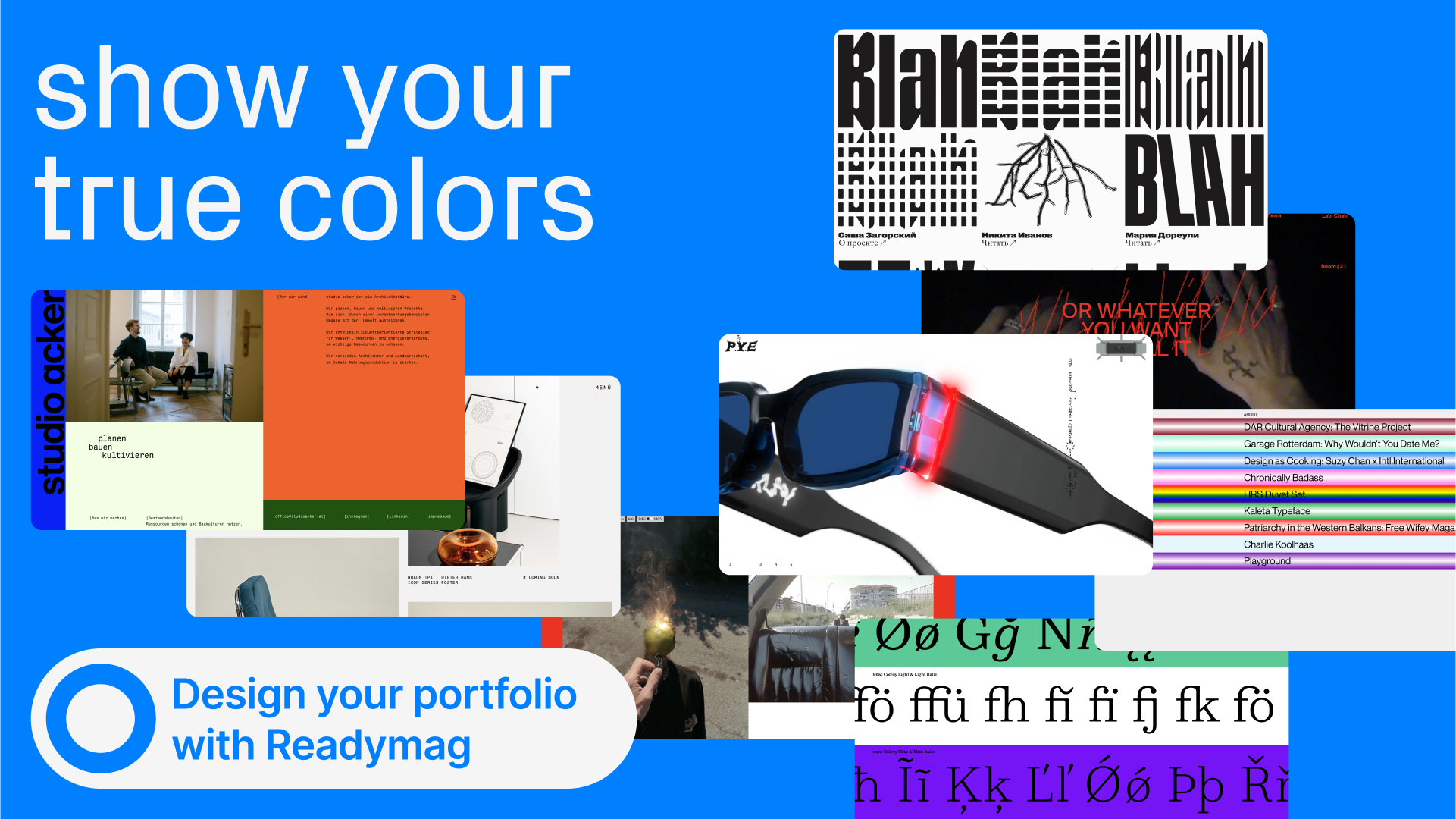[Full Disclosure: This page contains affiliate links, if you click links and make a purchase, we will earn a commission at no additional cost to you.]
Flox is looking for a Product & UX Designer who can shape seamless workflows across web apps, command-line interfaces, and developer APIs. You'll have a key role in designing the overall experience, from onboarding to advanced use cases, for a highly technical audience.
If you're curious, enjoy solving complex problems, and aren't intimidated by CLIs or APIs, this could be your place.
What You’ll Be Working On
- Designing user experiences across CLI, web interfaces, and APIs
- Creating clear and effective onboarding journeys for developers and engineers
- Conducting user research and mapping adoption paths
- Collaborating closely with product and engineering from idea to execution
- Enhancing both the open-source and commercial product experience
- Prototyping, validating concepts, and evolving a design system
- Listening to user feedback from various sources—enterprise teams and OSS contributors alike
- Improving workflows within the command line shell
What They’re Looking For
Must-Haves
- 5+ years of experience in UX/Product Design or a similar role
- A strong portfolio showing full product design cycles
- Experience designing for developers or technical audiences
- Solid understanding of CLI, APIs, or complex workflows
- Proficiency with Figma (or similar tools)
- Comfortable working closely with engineers and open-source communities
Nice-to-Haves
- Background in software development or DevOps
- Familiarity with Nix, Linux tools, or package managers
- Experience in security, compliance, or enterprise design challenges
- Startup or open-source contributions
- Bonus: Enjoy karaoke 🎤
Why Join Flox?
You’ll be part of a small but experienced team building tools that other developers rely on. Your work will impact UX across a platform that spans APIs, UIs, and terminal workflows—blending technical depth with a strong design sensibility.
ℹ️ This position is remote within the U.S. and involves minimal travel (<10%).





.png)
